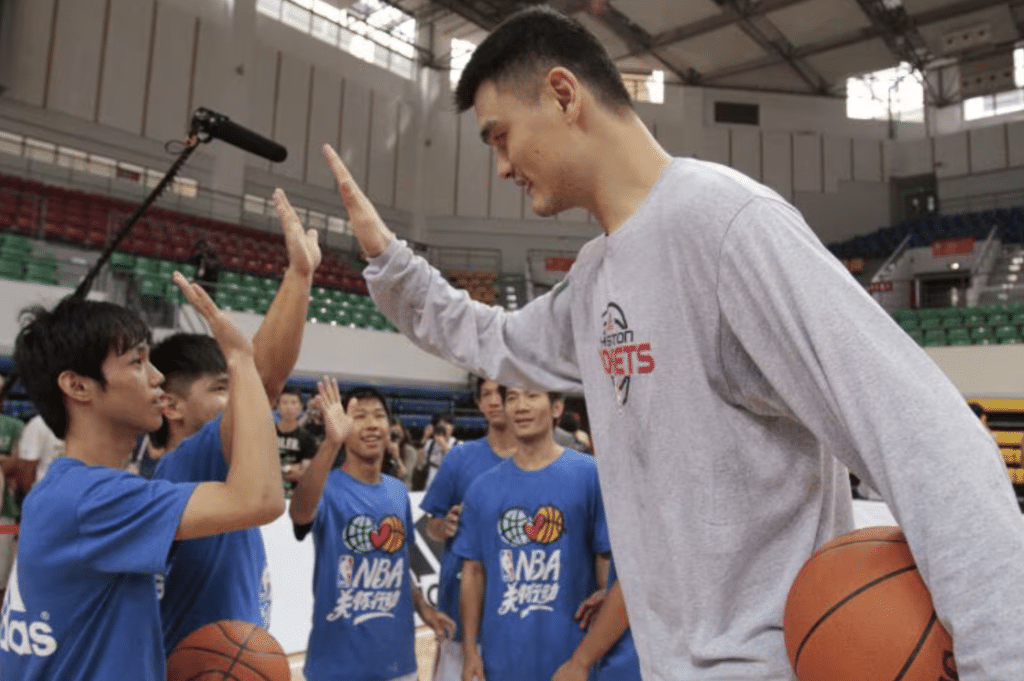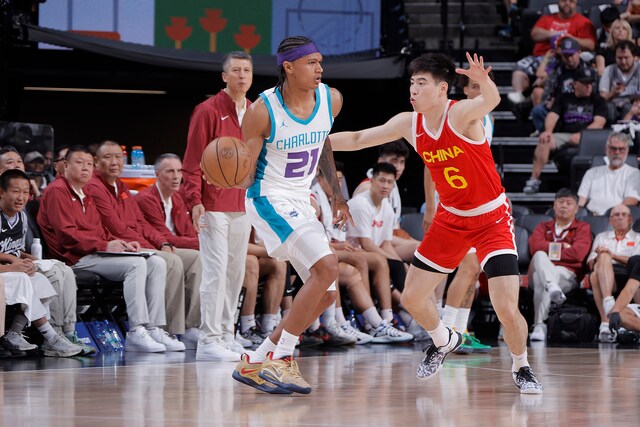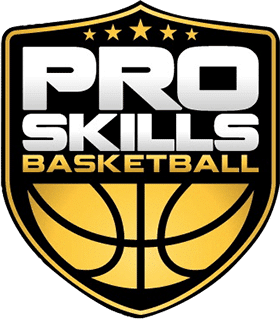
Inside China’s Basketball Reforms: Yao Ming’s Blueprint and the Youth Driving Change
Last month, we introduced the NBA’s youth basketball strategy in China—focusing on academies in Zhejiang, Xinjiang, and Jilin, and highlighting the challenges of recruiting top talent in competition with provincial sports authorities and CBA feeder networks.
This month, we shift our attention to the Chinese national basketball team itself, evaluating the significant structural reforms introduced by Yao Ming since he became president of the Chinese Basketball Association (CBA) on February 23, 2017. With both long-term development and short-term international success in mind, these reforms represent a pivotal moment in Chinese basketball history.
🏛️ Yao Ming’s Vision for Reform
Yao Ming’s election was historic—not just because of his celebrity status, but because it marked a fundamental shift in governance. For the first time, the CBA was reorganized into a fully independent non-governmental organization, giving it new decision-making power and transparency.
Yao was granted rare autonomy within China’s tightly regulated sports system, allowing him to restructure the national team from the ground up. Central to his reforms was the decision to split the national team into two squads: Team China Red and Team China Blue. Each had its own staff and schedule, allowing more young players to compete at the international level and accelerating the talent development process.
Yao expressed hope that this bold move would produce visible results by 2019, when China hosted the FIBA Basketball World Cup—a milestone opportunity to reassert China’s position on the global basketball stage.
🟥🟦 Two Teams, One Dream: How Red & Blue Work

The introduction of Team Red and Team Blue marked a strategic departure from previous national team structures. The objective was simple: more competition, more exposure, more growth. Both squads had overlapping player pools, but distinct paths:
-
Team China Red played in the 2018 NBA Summer League in Las Vegas, facing off in closed-door friendlies against teams like the Indiana Pacers (7/5) and Houston Rockets (7/8).
-
Team China Blue, meanwhile, embarked on a different tour, playing a series of exhibition games overseas—including a set of games in Iran.
The goal wasn’t just to win—it was to develop under fire, exposing young players to the speed and pressure of international basketball. In Vegas, Zhao Jiwei, a promising point guard, even shared glimpses of their scrimmage on Instagram, offering fans a rare look into China’s inner circle of talent.
Yao, with his deep understanding of the NBA, recognized that Chinese players must train against elite-level opponents to close the gap between domestic dominance and international performance.
📉 Still Behind—But Catching Up Fast
Despite these structural shifts, results have been mixed. China’s performance at the 2016 Rio Olympics was disappointing, and the 2018 FIBA U-17 World Cup was even worse—China lost every game, including a blowout defeat to Team USA by 78 points and a surprise upset by Mali.
These results exposed a still-present gap in player readiness and international experience, particularly at the youth level. But this isn’t the full story.
Where past systems focused on protecting talent within the CBA, Yao’s reforms began allowing elite prospects to seek international opportunities. Players like Zhou Qi—who signed with the Houston Rockets—and Ding Yanyuhang, a two-time CBA MVP, represent the first wave of this new era. Ding’s 2018 NBA Summer League stint with the Brooklyn Nets was cut short by injury, but his journey set a precedent for more Chinese players to look outward.
🌍 Global Partnerships: The Missing Piece?
What could further accelerate this transformation is strategic partnerships beyond the NBA academies. While the NBA’s official training bases in Zhejiang, Xinjiang, and Jilin are valuable, the pipeline of talent remains narrow and highly centralized.
That’s where smaller, international organizations like Pro Skills Basketball (PSB) China come in.
We complement the national system by:
-
Working with younger age groups to identify and nurture talent early
-
Providing structured, modern coaching methods used in the U.S.
-
Fostering an environment where players build both skills and character
-
Preparing athletes for transitions into CBA academies, NCAA programs, or national teams
Our role is not to replace the CBA or the national team—but to serve as a developmental bridge between grassroots basketball and elite performance. The earlier these athletes get exposure to high-level coaching, international styles, and cross-cultural understanding, the more ready they’ll be for global competition.
✅ Looking Ahead: What’s Next for Chinese Basketball?
The reforms Yao Ming introduced are slowly reshaping Chinese basketball—from the top down and the bottom up. And while no one expects overnight success, the foundation is being laid.
In the next few years, we expect to see:
-
More Chinese players competing internationally
-
New partnerships with foreign clubs, training centers, and academies
-
Expanded influence of PSB’s coaching and developmental programs
-
A rising generation of athletes who are confident, global, and fundamentally sound
📊 Key Comparison Table
| System Area | Traditional Model | Post-Reform Model | PSB China’s Role |
|---|---|---|---|
| Team Structure | One central team | Red and Blue dual squads | Feeds players into both pipelines |
| Youth Development | State-run training | Partnerships + private clubs | Runs structured youth programs |
| Coaching Approach | Rigid, hierarchical | Adaptive, international | Brings modern U.S. methodology |
| Exposure to Pressure | Occasional international | Regular elite scrimmages | Prepares players early for it |
📣 Final Thoughts
Yao Ming’s reforms are a work in progress, but the direction is promising. With continued support from NBA ties, evolving youth infrastructure, and organizations like PSB China bridging gaps in the development system, Chinese basketball is slowly but surely positioning itself to be a global force.
Ready to take the next step in your child’s basketball journey?
Pro Skills Basketball offers Club Teams, Camps, Clinics, and Academies in 25+ cities across the U.S.
👉 Find your city and sign up today to join a program focused on real development, experienced coaches, and a culture that puts players first.
📩 Contact us at admin@proskillsbasketball.com
📞 Call us at 866-996-3888.



